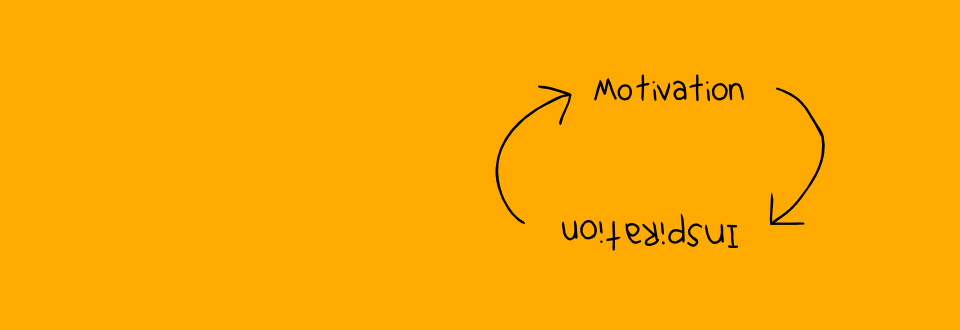In the corporate world, meetings are often considered to be a tedious and time-consuming task, which eat into valuable work hours and impede productivity. However, meetings are an essential part of work life and, when done the right way, can ensure enhanced results at work.
Stand-up meetings, a quickly emerging trend, provide a viable solution that saves time and enhances productivity.
Let’s take a look at the apparent differences between the traditional status meetings and stand-up meetings.
Status meetings are usually conducted when there is a need to discuss and find solutions to business problems. On the other hand, stand-up meetings are held on every working day. In short, stand-up meetings are status meetings conducted on a daily basis.
Secondly, as the name suggests, stand-up meetings are held standing up, which is in sharp contrast to traditional team meetings which require a meeting room to be arranged, invites to be sent and attendees to be gathered.
Being status-oriented, stand-up meetings keep a close tab on the projects each team member is working on, and the progress made. Therefore, discussions centre around these recurring questions – work completed the previous day, tasks that need to be attended to on that day, enlisting tasks according to their priority, among others.
Manage Tasks Daily
Stand-up meetings motivate you to manage work and approach each task in an organised manner. It is an effective way of reminding you of impending tasks, so you honour every deadline. It serves as a motivation for employees to start the workday with a fresh mind, armed with the schedule for the day.
Team Building
The pressure of work and stringent timelines usually come in the way of team building. Often, professionals are unaware of what projects other team members may be working on, or the progress made in those projects. Stand-up meetings act as a breather for team members from the daily grind, gives them an opportunity to interact with others and helps them to be in sync. This, in turn, boosts team bonding.

Image Courtesy:ybox
Time Is Money For Stand-Up Meetings
Status meetings often turn out to be much more than just a platform for discussing, brainstorming and finding solutions to business problems. Diversions like checking phones every once in a while, attending to calls or taking a coffee break make the meetings stretch beyond what is essential for discussing work. On the other hand, stand-up meetings are quick, to-the-point and comparatively free from distractions.
Stand-up meetings make the most of the time spent without compromising on productivity.

Image Courtesy:BPD Advertising
Better Participation From The Team Members
Short meetings command the attention of the team members, encouraging active participation from them. On the other hand, employees tend to lose interest in traditional meetings that stretch for hours. This affects active participation from them, defeating the purpose of meetings.
Meetings that aren’t time-consuming, serve the purpose without compromising on productivity are definitely a win-win solution for everyone. Stand-up meetings tick all the right boxes and, therefore, are a trend that’s here to stay.









 .
.
















